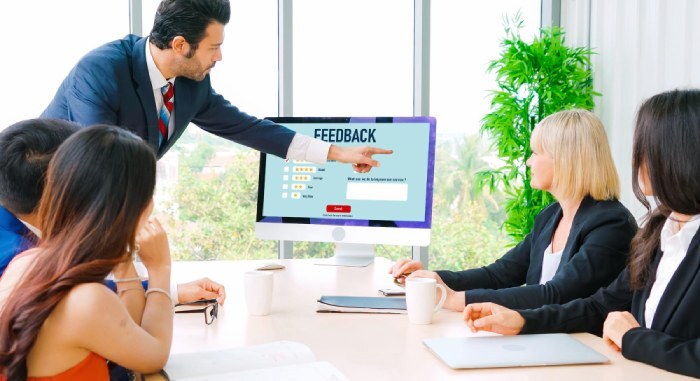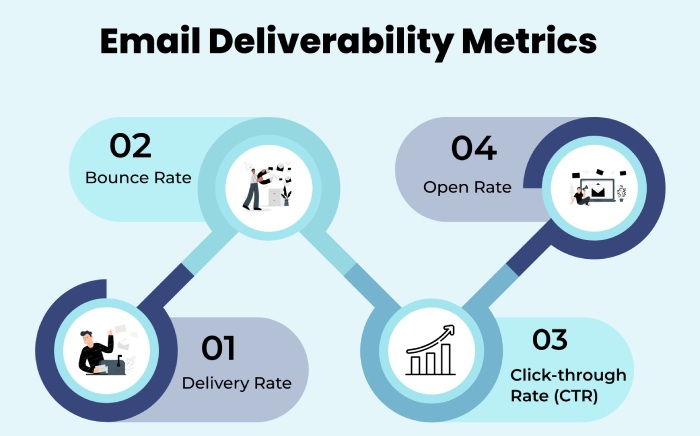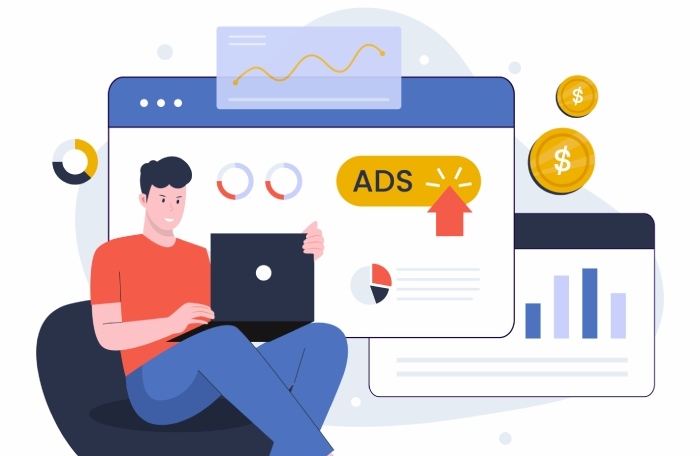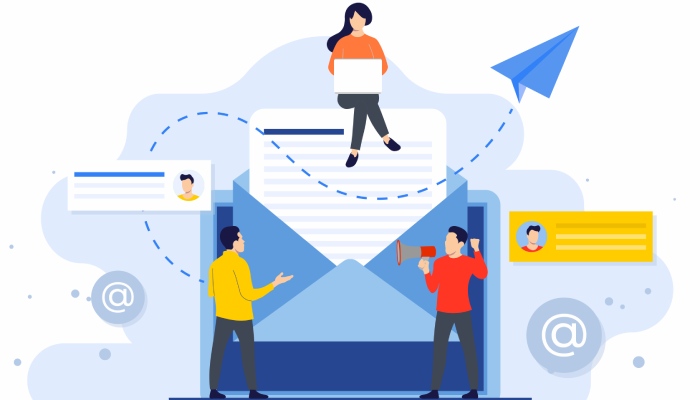Rock Your Upcoming Webinars With Our 5 Tips For Follow-Up Emails
Webinars help you connect with your target audience, propagate your brand’s beliefs, and position yourself as an industry leader. You get to interact with so many people without having a hole in your pocket because everything is online and, hence, much more affordable than in-person meetups, events, or seminars. Also, as many as 73% of sales and marketing leaders ardently believe that webinars are great platforms for attracting high-quality leads that promise good conversion rates.
Considering the benefits of webinars, more and more businesses have started conducting them as an integral part of their sales strategy. However, one common hiccup that you might come across, especially during the initial days, would be about follow-up emails. These emails, often overlooked, play a crucial role in organizing successful webinars. They help to maintain engagement, reinforce key messages, gather feedback, and drive further action. Without them, your webinar-based sales strategy is incomplete.
To help you leverage the benefits of webinars, we are sharing 5 practical tips that you can easily implement.

Tip 1: Pay Attention to Domain Authority
Buy a custom domain that aligns with your business name and use it to send emails. This way, the recipients will trust you, and the open, engagement, click-through, and conversion rates will be high.
Ensure your emails are authentic and personalized for good email deliverability and domain authority. It’s important that you regularly clean your email list by removing invalid or inactive email addresses or people who often sign up for your webinars but don’t join.
To improve your sender reputation quickly, start slow and send emails to only valuable subscribers to avoid triggering spam filters. Also, use email deliverability tools and analytics platforms to monitor metrics such as inbox placement rates, bounce rates, and spam complaint rates.

Tip 2: Follow Up At the Earliest
Send a follow-up email to the attendees as soon as you are done with the webinar. This is because they are more likely to engage with your emails and take the action you requested when things are still fresh in their minds. So, create and schedule the lead nurturing emails in advance so that they receive them the same day.
Also, monitor the best time to send emails so that most people open and engage with them. This will take some time, and a few hits and trials. If your target audience is people working 9 to 5, then sending follow-up emails at around 10 AM on weekdays is suggested. If you are targeting executives and entrepreneurs, then Saturdays are good days to send follow-up emails.
Tip 3: Send Personalized Messages
You will attract different types of audiences, and they will join your webinars for a variety of reasons. Ensure your personalized messages meet their expectations and show you understand their problem.. Categorically divide your audience and create different email templates catering to them.
Look at how each lead signed up to get an idea of why they joined your webinar. Did they sign up because they were part of a Facebook group? Did they sign up as part of your Google Ads campaign?

It’s important to segment your audience and tailor email templates based on their attendance. Remember that even the ones who didn’t attend your webinar are valuable prospects and should be nurtured. Ensure to provide the webinar recording and encourage them to ask questions. Consider conducting post-webinar surveys to gain insights for future events. Additionally, send personalized thank-you emails to engage your audience further.
Tip 4: Engage in Open-Ended Discussions
People have become desensitized to direct sales messages as they come across ads day in and day out. So, to grab their attention, new-aged marketers are required to be subtle and more aligned with people’s daily lives.
Create emails centered on your leads and focus on starting a conversation. Identify their main challenges and offer assistance. Open-ended questions starting with ‘how,’ ‘what,’ or ‘where’ foster understanding and conversation, unlike closed yes/no queries.

Tip 5: Add Clear and Irresistible CTAs
Avoid immediately pushing your product on leads who sign up for your webinar. They might be in the early stages of their buying journey. Instead, offer additional helpful content in follow-up emails, like an ebook or case study.
According to Salesforce, it takes six to eight touchpoints to generate a viable lead, making post-webinar emails crucial. Use subtle calls to action like ‘find out more’ or ‘learn more’ rather than a direct ‘buy now’ button. Finally, remember to send a thank-you email after the webinar.
Don’t Miss Out On Your Next Webinar Follow-Up
Making money from webinars requires more than a good brand and email list. Send personalized, valuable emails on time to boost attendance and improve your chances of success. Follow-up emails using AI-powered tools can enhance engagement by personalizing content and optimizing timing.


